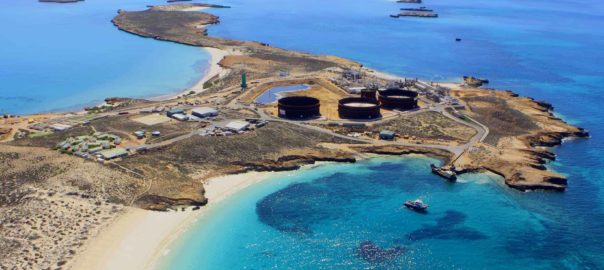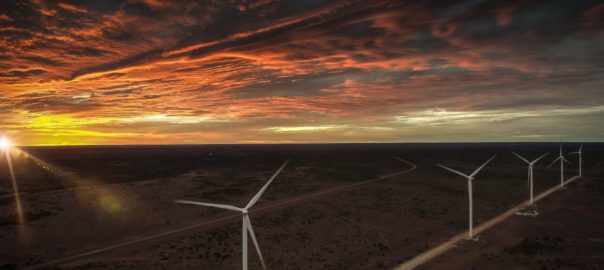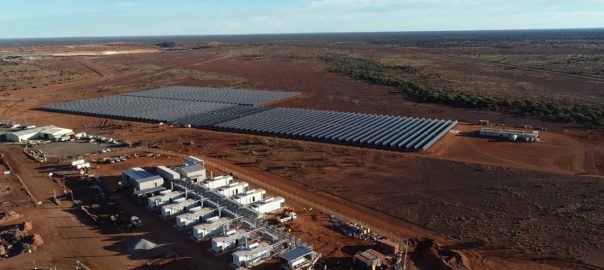Santos says it has entered into a new gas supply agreement with Gold Fields for its three gold mines in the state.
The company, Western Australia’s biggest domestic gas supplier, will supply nearly 5.5 PJ of natural gas from its Varanus Island gas plant (pictured) over three years, starting on July 1, 2020, as part of the agreement.
In Western Australia, Gold Fields owns and operates the St Ives open-pit/underground mine, the Agnew underground mine and the Granny Smith underground mine. These have throughput capacities of 4.7 Mt/y, 1.3 Mt/y and 3.5 Mt/y, respectively.
The 56 MW Agnew Hybrid Renewable project recently got up and running at Gold Fields’ Agnew mine. This includes five 110 m wind turbines, each with a rotor diameter of 140 m, delivering 18 MW; a 10,710-panel solar farm generating 4 MW; a 13 MW/4 MWh battery system; and an off-grid 21 MW gas/diesel engine power plant.
Santos Managing Director and Chief Executive Officer, Kevin Gallagher, said: “We are delighted Gold Fields has come back to Santos after a short hiatus, reinforcing our position as Western Australia’s biggest supplier of gas to the local market.
“Santos supplies around 40% of the state’s total domestic demand, and we are committed to ongoing investment in developing new gas supplies in Western Australia.
“In these challenging economic times, we are focused on ensuring local gas prices remain competitive for Western Australian businesses over the long term.”











